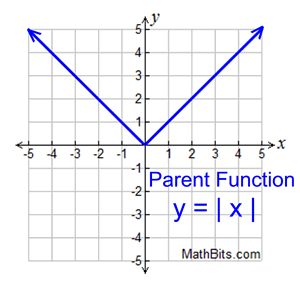

The piecewise function below has three pieces. Pieces may be single points, lines, or curves. Each piece behaves differently based on the input function for that interval. So to find the range of a piecewise function, graph it first.Piecewise functions can be split into as many pieces as necessary. The range is the set of all y-values that its graph covers. The domain of a piecewise function is the union of all intervals that are given in its definition.
#Evaluate piecewise function calculator how to#
How to Find Domain and Range of a Piecewise Function? Its graph has more than one part and yet it is possible to graph it without lifting the pencil. What is a Piecewise Continuous Function?Ī piecewise continuous function is a function that is piecewise and continuous. For example, the absolute value function, step function (floor function or greatest integer function), ceiling function, etc are examples of piecewise linear functions.

Give an Example of a Piecewise Linear Function.Ī piecewise linear function is a piecewise function in which all pieces correspond to straight lines. Substitute the given input in the function from the last step.Just see which of the given intervals that input lies in.To solve the value of a piecewise function at a specific input: If the left/right endpoint is ∞ or -∞ then extend the curve on that side accordingly.Plot all the points (put open dots for the x-values that are excluded) and join them by curves.Substitute every x value in the corresponding expression of f(x) that gives value in the y-column.Include endpoints (in the column of x) of each interval in the respective table along with several other random numbers from the interval.Make a table (with two columns x and y) for each definition of the function in the respective intervals.Here is an example to understand these steps.Įxample: Graph the piecewise defined function \(f(x)=\left\\right.\). Now, just plot all the points from the table (taking care of the open dots) in a graph sheet and join them by curves.Substitute each x value from every table in the corresponding definition of the function to get the respective y values.Take 3 or more numbers for x if the piece is NOT a straight line.

If the piece is a straight line, then 2 values for x are sufficient.


 0 kommentar(er)
0 kommentar(er)
